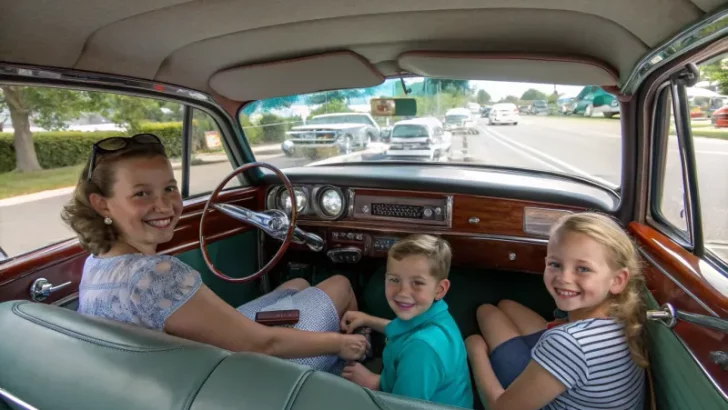The 1960s were a time of great cultural and social upheaval. While some of its iconic trends and practices have stood the test of time, others have become relics of the past, no longer acceptable in our modern world.
From bizarre fashion choices to questionable social norms, the ’60s were full of surprises that would raise eyebrows today. In this blog post, we’ll explore ten shocking things from that era that are no longer okay. Prepare to be both amused and astounded as we journey through a decade that changed the world in unexpected ways.
1. Smoking on Airplanes
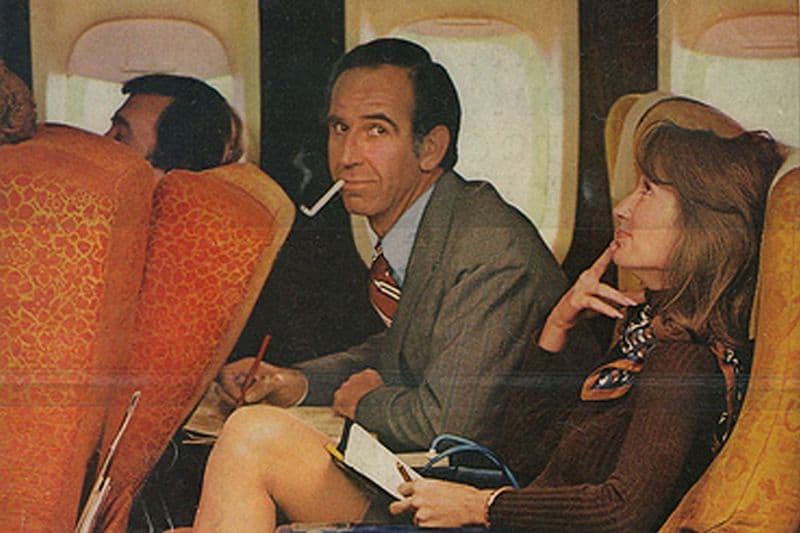
In the 1960s, smoking on airplanes was a common practice. Passengers would light up cigarettes mid-flight, filling the cabin with smoke. Today, this would be unimaginable due to health concerns and strict regulations. Airlines have banned smoking on flights, recognizing the dangers of secondhand smoke.
The change was gradual, but it reflects a significant shift in public awareness about health and safety. Back then, smoking was glamorized, but today, it’s seen as a serious health hazard.
The ban has made air travel more comfortable and safer for everyone onboard.
2. Lead-Based Paint

Lead-based paint was widely used in the ’60s for its durability and vibrant colors. However, its toxic nature has since been discovered, leading to a ban in many countries.
Exposure to lead paint can cause severe health issues, especially in children, from developmental delays to neurological damage.
Today, homeowners must deal with the expensive process of removing or covering old lead-based paint, a reminder of the past’s oversight. Regulations now ensure safer alternatives, prioritizing health over short-term benefits.
3. Segregated Water Fountains
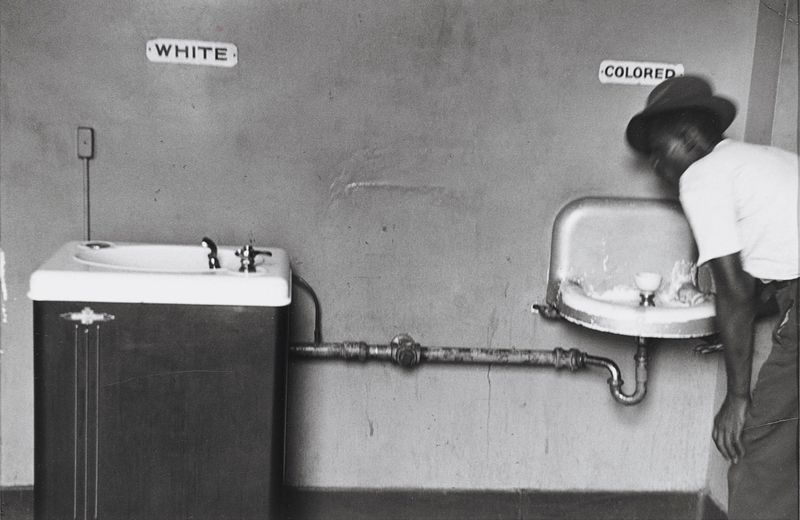
Segregated water fountains were a stark symbol of racial inequality during the 1960s. Public places enforced separate facilities for different races, reinforcing systemic discrimination.
The Civil Rights Movement fought tirelessly against such practices, leading to significant legal and social changes.
Today, these images serve as powerful reminders of the past and the ongoing struggle for equality and justice. Segregation is no longer tolerated, thanks to those who challenged these oppressive norms.
4. Animal Testing for Cosmetics

In the ’60s, animal testing for cosmetics was widespread and largely unchallenged. Rabbits and other animals were subjected to harsh experiments to ensure product safety for humans.
Today, such practices are considered unethical, with many brands adopting cruelty-free testing methods.
Public awareness and advocacy have led to stricter regulations and a shift towards more humane alternatives, reflecting a growing respect for animal rights.
5. Unrestrained Child Car Seats
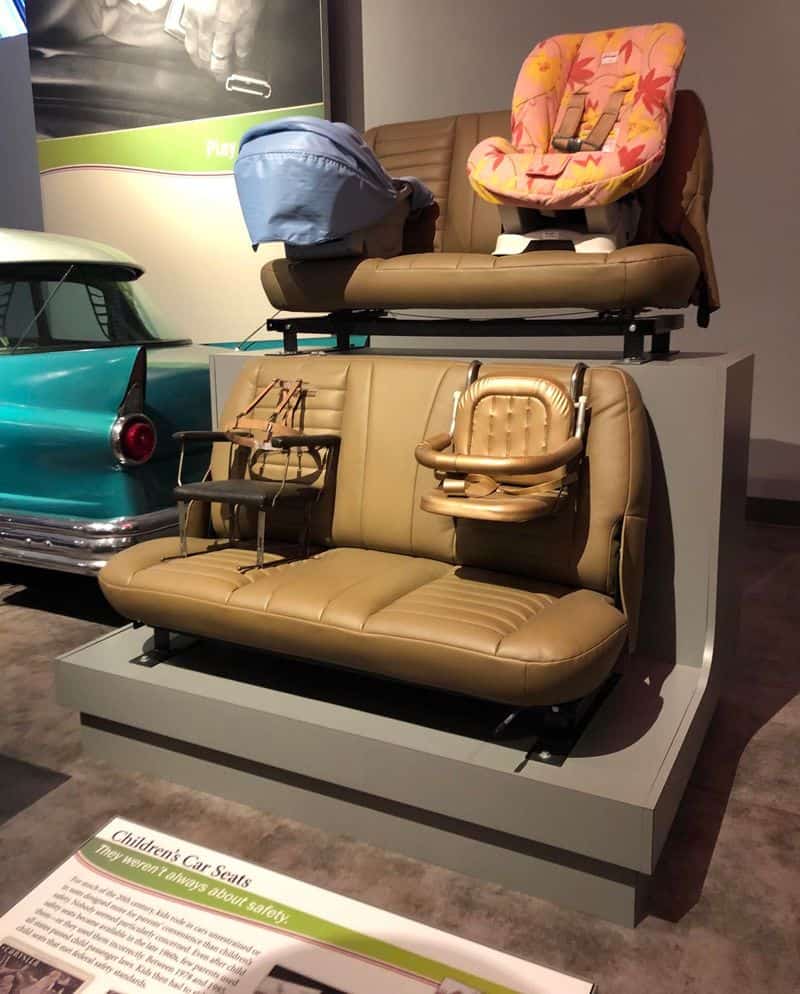
In the 1960s, child car seats were either nonexistent or poorly designed. Children often rode unrestrained in the backseat, a practice now seen as dangerously careless.
Modern car seats are subject to rigorous safety standards, providing essential protection for young passengers.
The change highlights a broader emphasis on child safety and the importance of regulating products that impact public health. Parents today would never dream of traveling without proper car seats for their children.
6. DDT Pesticide Use
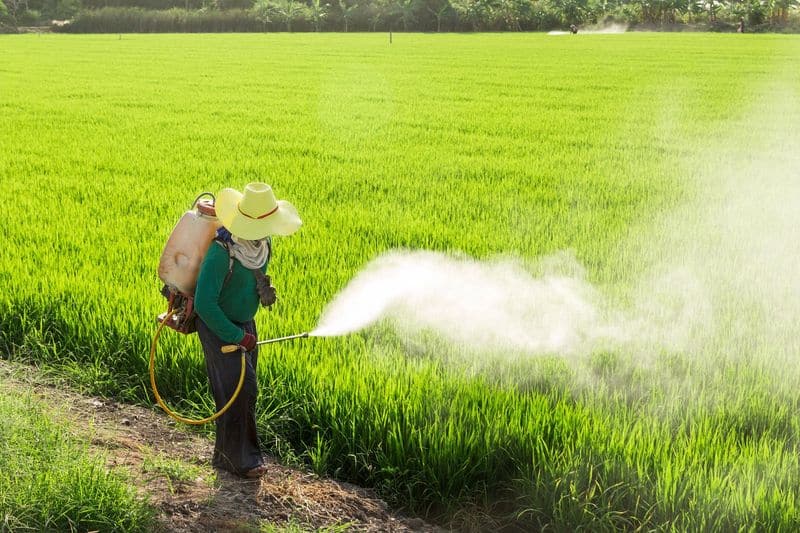
DDT was hailed as a miracle pesticide in the 1960s, used extensively in agriculture. Its harmful effects on the environment and human health were not yet understood.
Rachel Carson’s “Silent Spring” helped raise awareness, leading to a ban in many countries.
Today, DDT is a cautionary tale of unchecked chemical use, prompting stricter regulations and a focus on sustainable farming practices. The shift reflects our growing understanding of ecological balance and the need for responsible stewardship of natural resources.
7. Asbestos in Construction

Asbestos was once a popular building material for its fire-resistant properties. In the 1960s, it was used in homes, schools, and offices.
However, its link to severe health issues, including cancer, has led to a near-total ban.
Today’s construction industry prioritizes safety with alternative materials, and asbestos removal is a costly but necessary process for older buildings. The change underscores the importance of understanding long-term health impacts in building practices.
8. Baby Walkers with Wheels
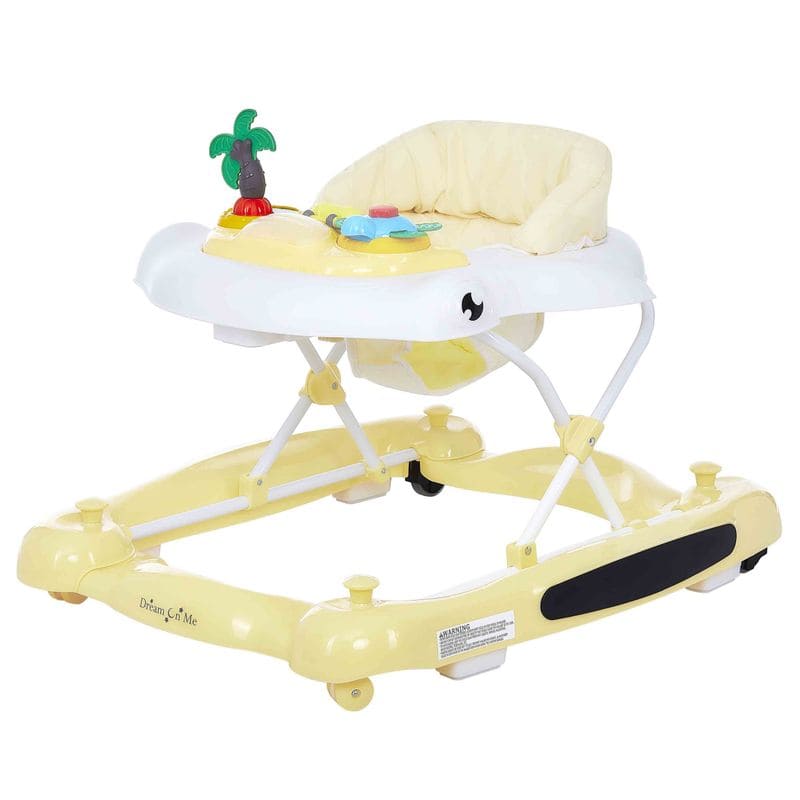
In the ’60s, wheeled baby walkers were a popular tool for helping infants learn to walk. However, they posed significant safety risks, leading to numerous accidents.
Modern safety standards have led to the decline of these walkers, replaced by safer alternatives.
The change reflects a deeper understanding of child development and the priority given to protecting young children from preventable injuries. Parents now have access to safer products, ensuring peace of mind and better developmental support for their children.
9. Gender-Specific Job Ads

Job advertisements in the 1960s often specified gender, reflecting the era’s rigid employment roles. Jobs were typically divided, reinforcing stereotypes about what men and women could do.
The feminist movement and legal reforms have challenged these norms, leading to more inclusive hiring practices.
Today, gender-specific job ads are illegal in many places, promoting equality in the workplace. The shift highlights the ongoing struggle for gender equality and the dismantling of discriminatory barriers.
10. Soda in Glass Bottles with Pull Tabs
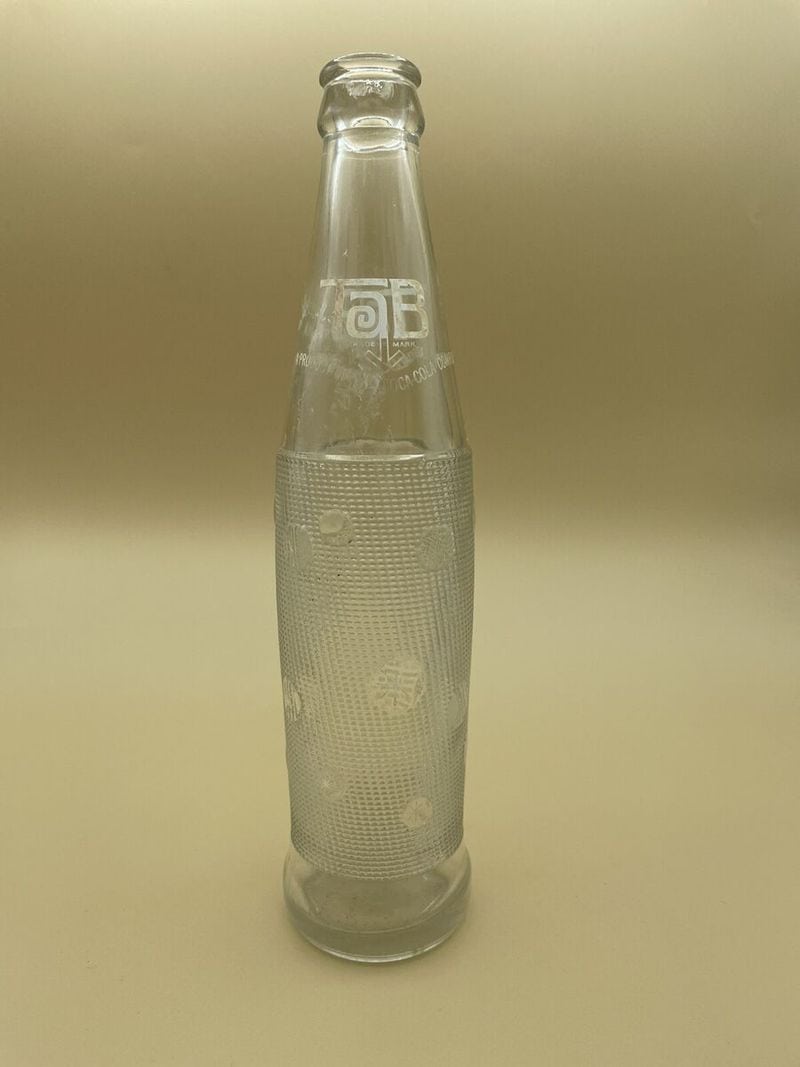
Glass soda bottles with pull tabs were a common sight in the 1960s. While nostalgic, they were also hazardous, with sharp pull tabs often causing injuries.
Modern cans have safer opening mechanisms, a testament to improved design standards.
The shift reflects a broader awareness of consumer safety and the continuous effort to create products that minimize risk. Today’s beverage containers are both safer and more environmentally friendly, showing how small design changes can have significant impacts.

Well, hello there!
My name is Jennifer. Besides being an orthodontist, I am a mother to 3 playful boys. In this motherhood journey, I can say I will never know everything. That’s why I always strive to read a lot, and that’s why I started writing about all the smithereens I came across so that you can have everything in one place! Enjoy and stay positive; you’ve got this!

